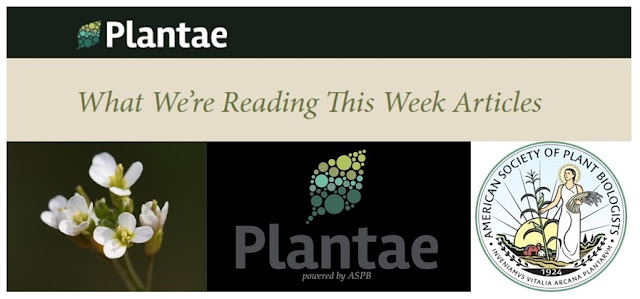What We're Reading: Guest contributions

W hat W e're R eading (WWR) is a weekly series on Plantae. In a time when research articles are constantly increasing every day, it's kind of challenging for all of us to keep the pace. WWR tries to cover exciting stories in summarized form. Mary Williams is the editor of this amazing series and along with her, other Plantae fellows, ASPB ambassadors, and plant biologists also contribute as well as. You may find the following article interesting to know details about WWR series. Why We're Writing "What We're Reading" Apart from the ARIBIDOPSIS, I have made a commitment to write summaries regularly for WWR series. Sometimes, I try to contribute as a guest editor too. As I started to contribute from last year, I have realized that it would be beneficial for me and my readers, followers, and subscribers to have all contributed summaries for WWR in one particular place. To achieve this purpose, I'm going to consolidate every link of contributed su
